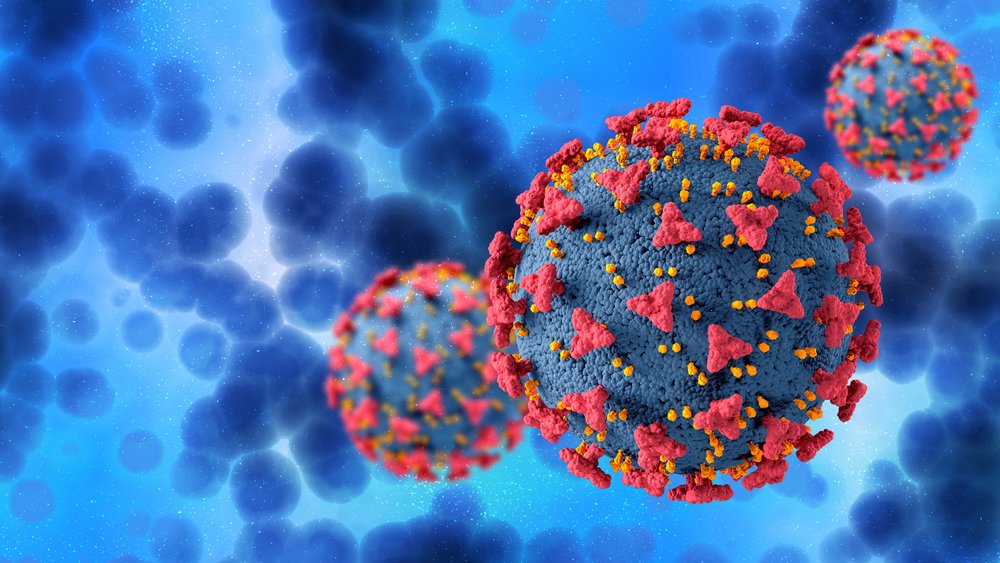There’s no shortage of creative scientific ideas for how to develop better Covid tests. But a California-based team has made significant progress in adapting CRISPR technology for quickly and accurately detecting the presence of the SARS-CoV-2 virus responsible for the pandemic. Their approach yields PCR-grade accuracy and can even distinguish between variants — something most current testing methods cannot do.
The team is led by a trio of researchers affiliated with the Gladstone Institutes: Jennifer Doudna, who won a Nobel Prize for her pioneering work with CRISPR; Daniel Fletcher; and Melanie Ott. The work, which has been published in both peer-review and preprint formats, was recently reported by Ott in a scientific presentation recorded for the Association for Molecular Pathology.

“What we need is testing that is frequent, fast, and accurate,” Ott said in her presentation, noting the many challenges of current Covid testing. The team had been developing CRISPR-based infectious disease testing years before the pandemic, with an initial goal of building an at-home HIV test. When Covid emerged, the scientists quickly turned their attention to a SARS-CoV-2 test.
While they have not yet produced an at-home Covid test, they have made steady progress in advancing the prototype of a novel approach to testing that could prove useful not only for the current pandemic but also for a wide range of infectious diseases. The team has also done proof of concept or feasibility studies for flu, HIV, and other coronaviruses.
Deploying CRISPR for infectious disease testing allows for significant improvements in both accuracy and turnaround time. Conventional PCR testing is slow because it requires repeated cycles to copy the virus genome until there’s enough material for accurate detection. That amplification step is not needed for CRISPR, allowing the team’s latest version of the test to deliver answers in as little as five minutes.

CRISPR technology is based on a naturally occurring mechanism that functions like an immune system in bacteria: bacteria that survive a viral infection keep a snippet of the viral genome, splicing it into their own genome so that it can recognize the virus as an enemy if it comes back. Bacteria then use each sequence like a homing missile, hunting for a match with something scientists call a “guide RNA.”
This team’s idea was simple: can we harness that guide RNA approach to recognize whatever genome we want to look for? It turns out they can. Ott reported that combining guide RNAs — the latest iteration of their test uses 28 of these recognition sequences — allows the test to detect just a single copy of the virus per microliter of sample, which is equivalent to the sensitivity of PCR. Unlike PCR, the test can also distinguish between viruses or even variants of the same virus.
The scientists have also experimented with using a mobile phone camera to detect the positive or negative fluorescent signal from the lab equipment currently used to run the test, which could streamline future development of this test for at-home use. Ott noted that current phone cameras are significantly better than standard lab equipment designed for such detection, with image quality that could pave the way for more accurate results generated more quickly.
We won’t be seeing at-home CRISPR tests for Covid anytime soon — in fact, we’d love nothing more than to see the pandemic die down before this new type of test could get to market — but this approach is still an important advance. Once a CRISPR test for infectious disease is developed into something that could be used at home, it should take much less time to adapt that test for other viral targets by swapping in different guide RNAs. This could be a huge improvement to infectious disease testing in the future.

















